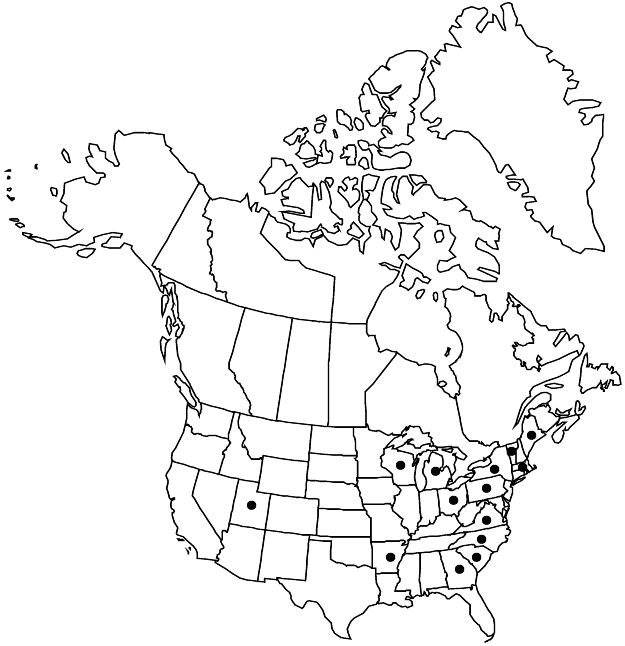Cucurbita maxima
Essai Hist. Nat. Courges, 7, 12. 1786.
Peduncles in fruit terete, not prominently ribbed, expanded along whole length, not abruptly expanded at point of fruit attachment, relatively soft and corky-thickened. Flowers: hypanthium campanulate, 20–25 mm; sepals subulate to linear, 5–20 mm; corolla yellow to orange-yellow, campanulate, 5–7 (–8) cm; anther-filaments glabrous; ovary pubescent. Pepos green to gray-green with cream stripes or mottling, golden yellow to orange, dark purplish green or bluish, blackish purple, or white to grayish, globose to depressed-globose to ovoid or obovoid, oblong-cylindric, or flattened-cylindric, 10–40 cm, smooth, flesh yellow to orange, not bitter. Seeds whitish to gray or pale-brown, suborbiculate to broadly elliptic or obovate, 12–22 (–32) mm, margins raised-thickened or not, sometimes slightly darkened, surfaces smooth or slightly rough. 2n = 40.
Phenology: Flowering Jun–Oct.
Habitat: Abandoned agricultural fields, fields, roadsides, disturbed sites, trash heaps
Elevation: 50–200 m
Distribution

Introduced; Ark., Ga., Maine, Mass., Mich., N.Y., N.C., Ohio, Pa., S.C., Utah, Vt., Va., Wis., West Indies, South America, also elsewhere in South America (Argentina), Europe (Denmark), Europe (England), Europe (Germany), Europe (Hungary), Europe (Spain), Pacific Islands (New Zealand), Australia
Discussion
Cucurbita andreana Naudin, a wild species native to Argentina and Bolivia, hybridizes readily with C. maxima and is its ancestor (O. I. Sanjur et al. 2002); it sometimes is recognized as C. maxima subsp. andreana (Naudin) Filov.
Some fruits of Cucurbita maxima have a high sugar content and are used for making pies, and they are popular as a soup, especially in Brazil and Africa.
All of the giant pumpkins in weigh-off contests are derived from Cucurbita maxima, as are some of the Halloween pumpkins. In 1904, the largest pumpkin was 403 pounds, and winners increased relatively little to 459 pounds in 1980. A rapid increase in size began in 1981, with the champion at 493.5 pounds; from this individual’s lineage came seeds for the Atlantic Giant cultivar, which has contributed since to winners burgeoning in size. The first giant pumpkin over 1000 pounds (1061 pounds) was grown in 1996; by 2009 the winner was 1725 pounds and in 2010, 1810 pounds.
Selected References
None.
Lower Taxa
"expanded" is not a number.